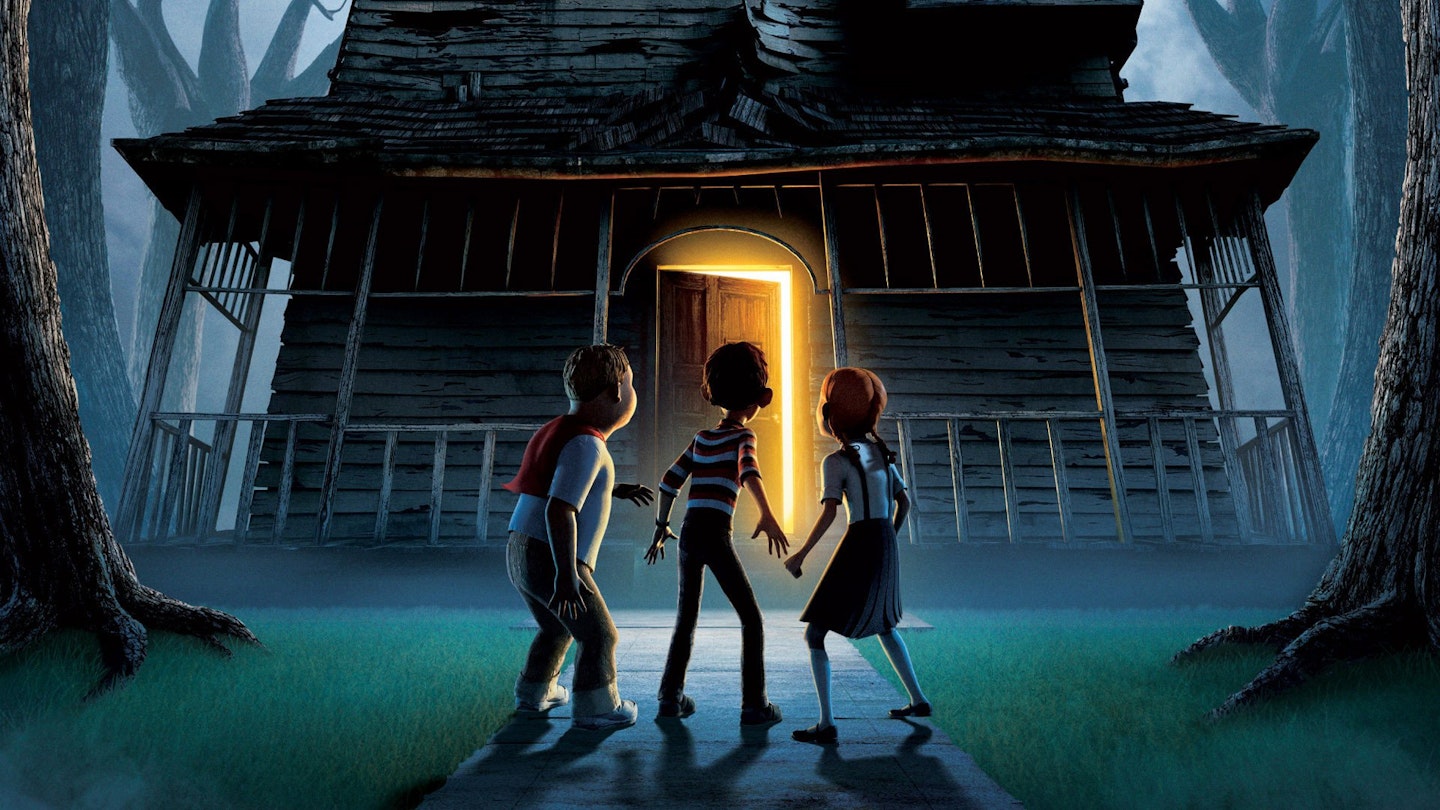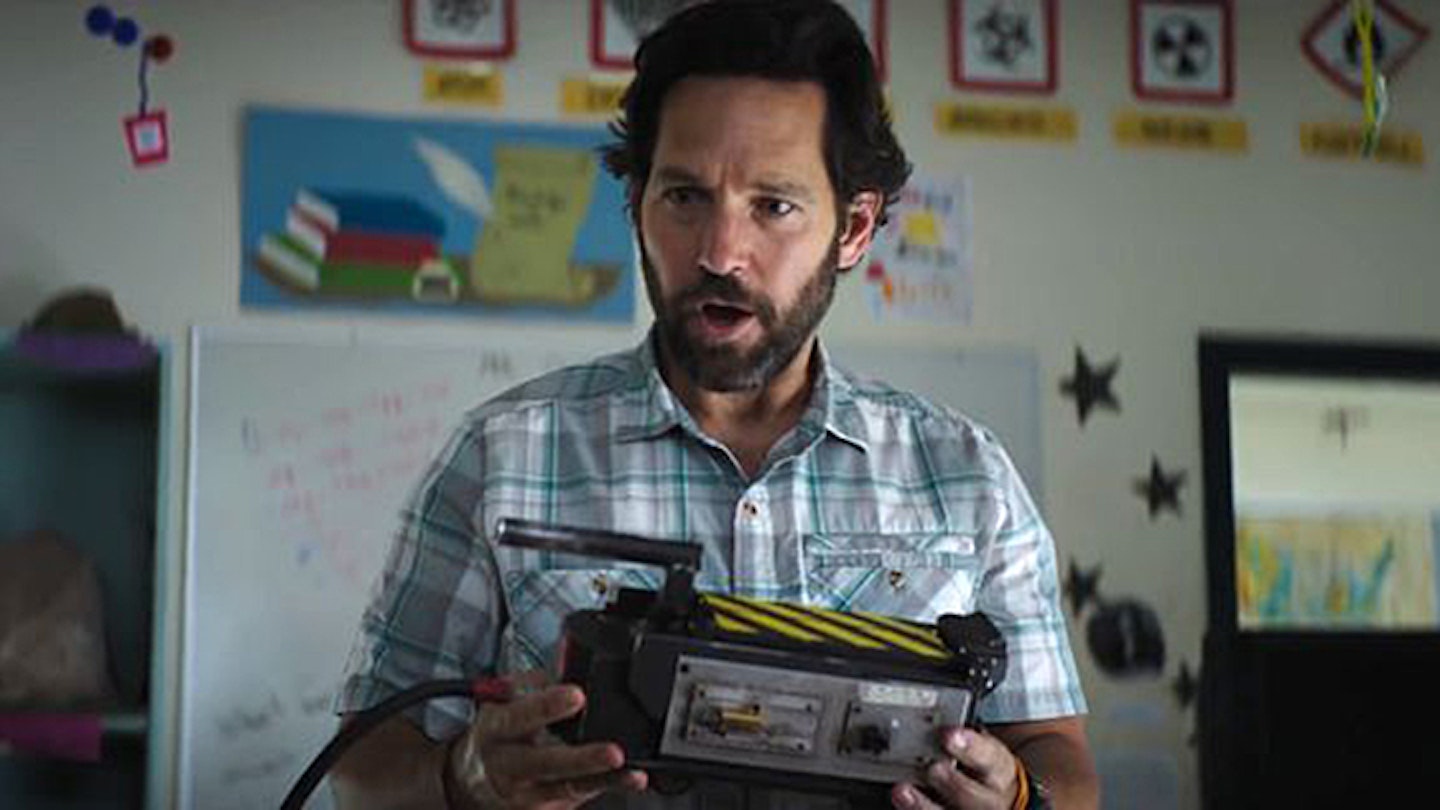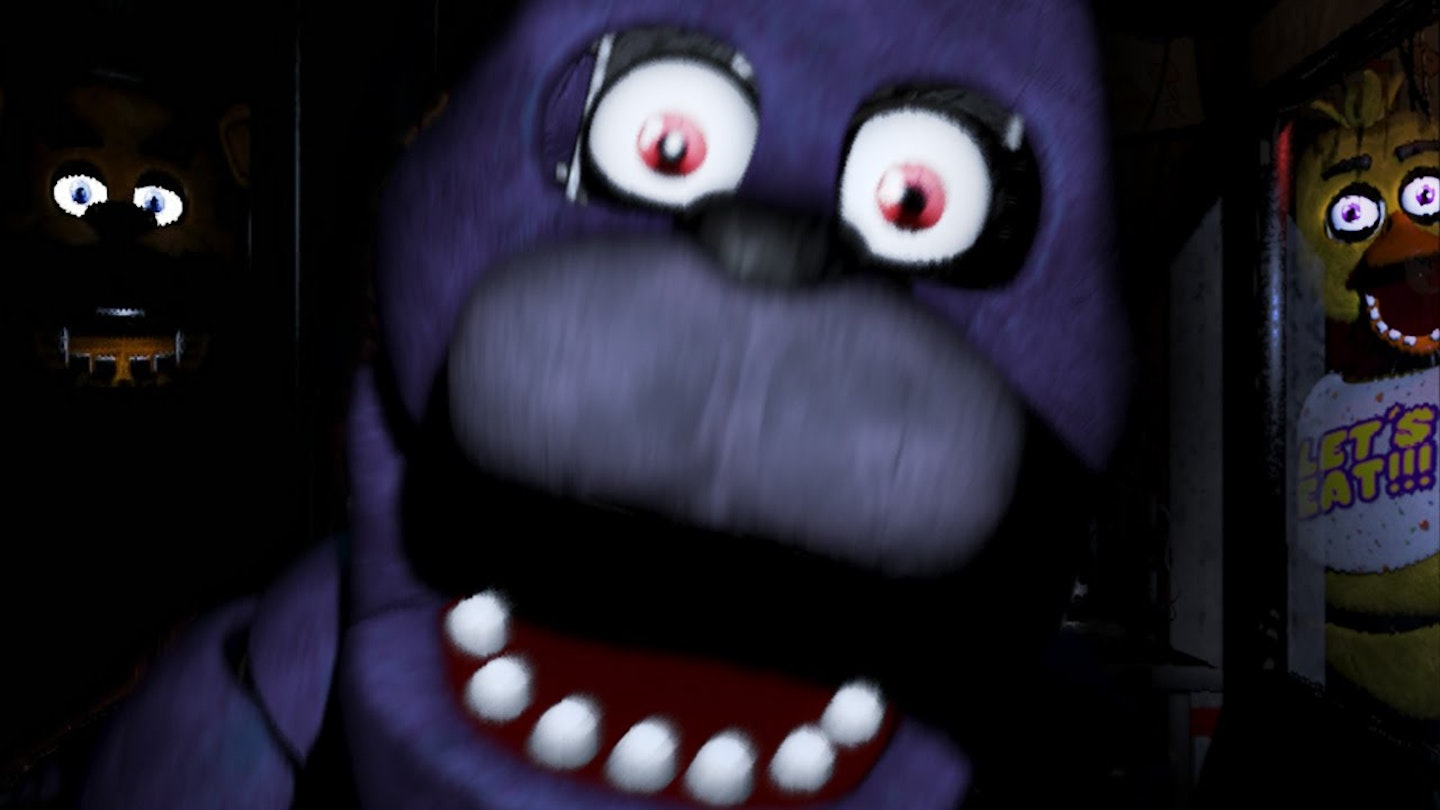Despite its bleeding-edge performance-capture gizmology, there is something decidedly ’80s about Monster House. Exec-produced by Steven Spielberg and Robert Zemeckis, film school graduate Gil Kenan’s debut feature has more than a whiff of The Goonies and Explorers about it, locating the fantastical within the heart of suburbia, and filled with street smarts and smart laughs. Chock-full of effective PG frights, exuberant innocence, a barnstorming ending and — unusually for animation — an honest, believable look at pre-teen emotions, all hooked into a universally recognisable premise (who didn’t have a scary, no-go house in their neighbourhood?), Monster House is rich enough to transport you instantly back to childhood, ’80s or otherwise.
Building on the pioneering live action-animation interface utilised by The Polar Express — the opening shot, following a leaf in the wind down to an absent-minded girl singing dementedly on her tricycle, achieves total Zemeckisosity in its bravura tricksiness — Monster House achieves a much better use of the tools. Whereas the photorealism of Polar Express created a soulless, almost dead-eyed quality to its characters, the obviously animated heroes of this movie, all oversized features and Play-Doh hair, are ironically more believable than many live-action child stars.
But this isn’t about wowing us with technology. In fact, for three-quarters of its running time Monster House needn’t be animated at all. So when, in the last act, the kids enter the house and all hell breaks loose, the imagination and artistry seems all the more exciting, ferocious and impressive.
Yet perhaps Monster House’s greatest achievement is that it doesn’t let its high concept dominate. In between DJ (Mitchel Musso) and Chowder’s (Sam Lerner) curiosity about Nebbercracker’s domain — as voiced by Buscemi, Nebbercracker is
a fantastically mean-spirited old coot — Kenan sweetly skewers the pangs of puberty and the intensity of young friendship. Both boys struggle to decide whether they are too old to trick-or-treat, and fight for the attentions of sassy smart-arse Jenny (Spencer Locke), who causes just as serious seismic ructions in the boys’ world as the possessed house.
Kenan locates his winning characters in a believable, occasionally edgy milieu — leaving for a dentistry conference, DJ’s father is incapable of telling his son he loves him; babysitter Zee wants to get rid of the tweens so she can have one-on-one time with boorish boyfriend Bones — that is rare for any ’toon. Around the central gang there are a clutch of great supporting cameos — best of the bunch are Jon Heder’s Yoda-like arcade player and Nick Cannon’s dumbass cop — that are sharply etched enough to be memorable but never slow the film down.
Just when you think Kenan has run out of steam, he has another trick up his sleeve. In a touching finale, he spins the tale on its head with an emotional backstory that shares a Tim Burton-esque affinity with the outsider. It is a lovely grace note to a small but terrific flick that with any luck will be endlessly reminisced about by twentysomethings in 2026.



